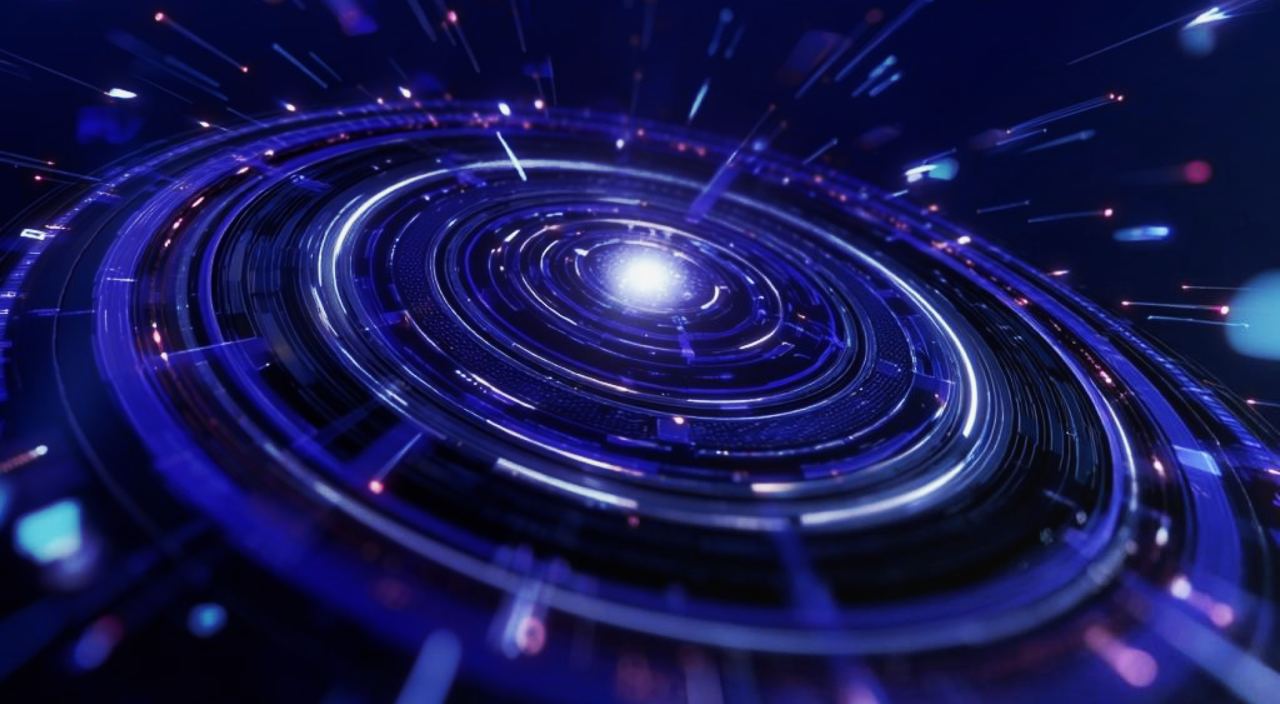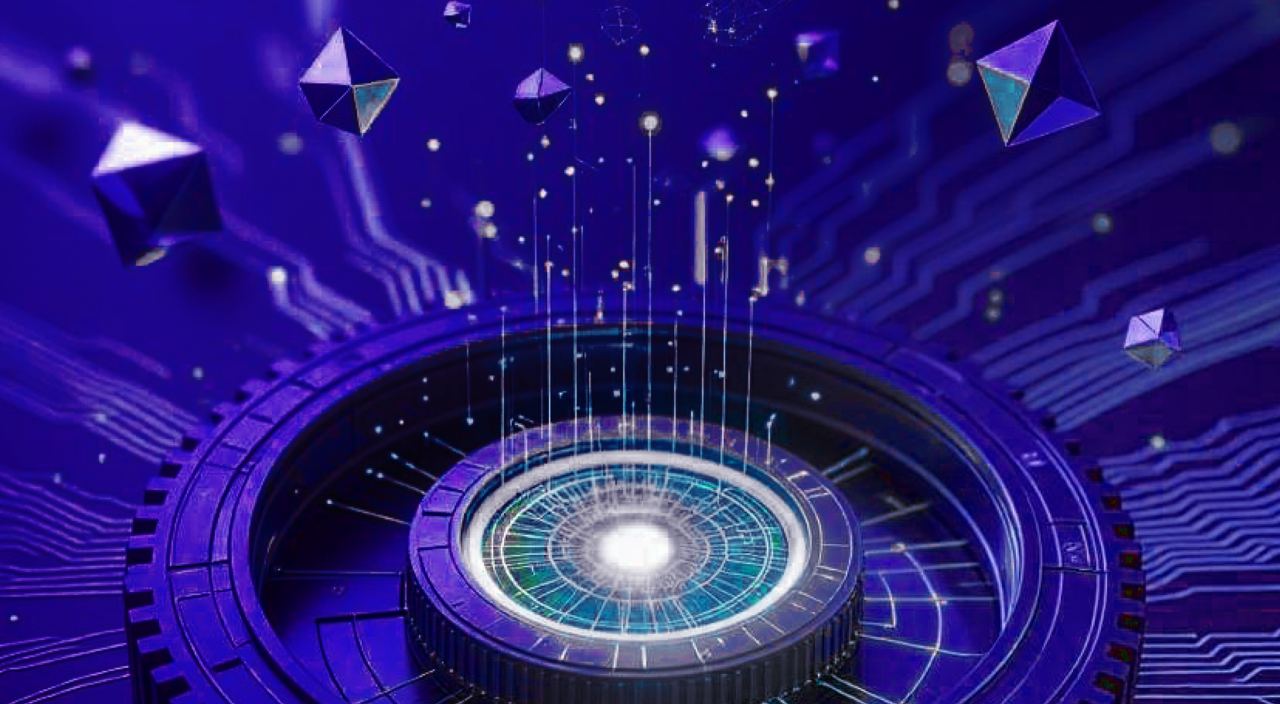The growing DeSci ecosystem
Since the first implementation of the IP-NFT, VitaDAO has funded several research projects via this novel mechanism. Inspired by VitaDAO, an increasing number of BioDAOs have formed, looking to fund research in specific scientific areas. Due to the initial success of the IP-NFT and the DeSci ecosystem's growing interest in adapting the mechanism to more use cases, the Molecule team has been hard at work on a new version of the IP-NFT.

Enabling collaboration within the DeSci ecosystem
Today we are excited to introduce the next generation of IP-NFTs: the IP-NFT V2, in closed beta. Version 2 builds on the proven components of the IP-NFT and extends it with new features to service the ever-growing need for novel funding mechanisms in the decentralized science ecosystem. The goal of the V2 is to:
- Allow BioDAOs to mint IP-NFTs using a new minting front-end, and
- Enable DeSci developers to utilize IP-NFTs within their own infrastructure for dedicated use cases.
IP-NFT V2 - How does it work?
The IP-NFT V2 is built with modularity in mind to enable users and builders to tailor their own use cases. In addition, it allows developers to extend its functionality by adding to existing modules or creating completely new ones. Before diving into the different modules, let’s briefly have a look at how Molecule currently executes IP-NFT minting and transacts with the assets. These are the steps required to mint an IP-NFT V2, ordered chronologically:

1. Legal Agreement Negotiation and Signing (Application Layer): Two parties negotiate and sign a legal contract that includes two agreements:
a. The first agreement states the rights of the asset holder (dataset, future IP, etc.) and the price paid for the asset. In our case, these agreements are often lined out as Sponsored Research Agreements (SRAs) but they could be any other kind of legal agreement.
b. The second agreement assigns the rights of the buyer within the first agreement to the holder of a certain token of the IP-NFT smart contract. After execution, the token holder becomes the legal counterparty of the agreement.
2. Encryption and Storage (Decentralised Storage Layer): The legal contract containing the two agreements is encrypted with a new symmetric key on the minter’s side and uploaded to a decentralized storage system.
3. Storage of decryption key (Access Control Layer): An access control condition marks holders of the IP-NFT token as being allowed to decrypt the content. The symmetric key from step 3 is encrypted using a threshold cryptography protocol (Lit) so it can only be recovered by a majority of external key shareholders. Thus only the entity that holds the IP-NFT can request a sufficient amount of key shares to reconstruct the encryption key and decrypt the contract associated with the agreement.
4. Mint NFT (Ownership Layer): The IP-NFT is minted using the reserved token ID, data location, access control condition, and the encrypted key. The mint pass must be presented to and redeemed by the IP-NFT contract during this process.
Once the IP-NFT is created, it can be traded. For instance, in our example below, Bob will buy the IP-NFT for the amount specified in agreement #1, fulfilling his contractual obligation for funding the research. This guarantees Alice receives the funds and Bob gains access to the signed documents as well as to all data arising from future research.

What is new in V2?
IP-NFTs work by sticking together decentralized infrastructure, smart contracts, and legal agreements. Developers can decide to exchange some parts of this process with modules they prefer.
Let’s assume a state or charity sponsors a research project on the condition that the team shares all information openly. In this case, contract documents and all attached research data might be stored unencrypted, rendering the use of an access control module obsolete.
The IP-NFT protocol will be extended even further and Molecule is particularly focused on fractionalizing the assets. Fractionalized IP-NFTs will enable organic community formation to collaborate and collectively govern a certain research asset as it moves through the research and development pipeline.
Calling all DeSci Developers & Founders: Get mintpass and start building!
Over the next months, we are progressively opening up the mint interface for bioDAOs and DeSci collaborators to mint IP-NFTs via our infrastructure. Given the closed beta launch, minters will require a mintpass to interact with our IP-NFT minting infrastructure to help us learn more about how we can improve the infrastructure.
You can apply here and we will get back to you with a mintpass ASAP.
Lastly, while the Molecule team will continue working on our users’ requested use cases, we are actively opening up our repositories and documentation for contributors. We are excited to see what use cases people in the DeSci ecosystem will come up with and we are excited to support them to contribute to an ever-growing tool kit. Join our discord and get in touch with our team!



















